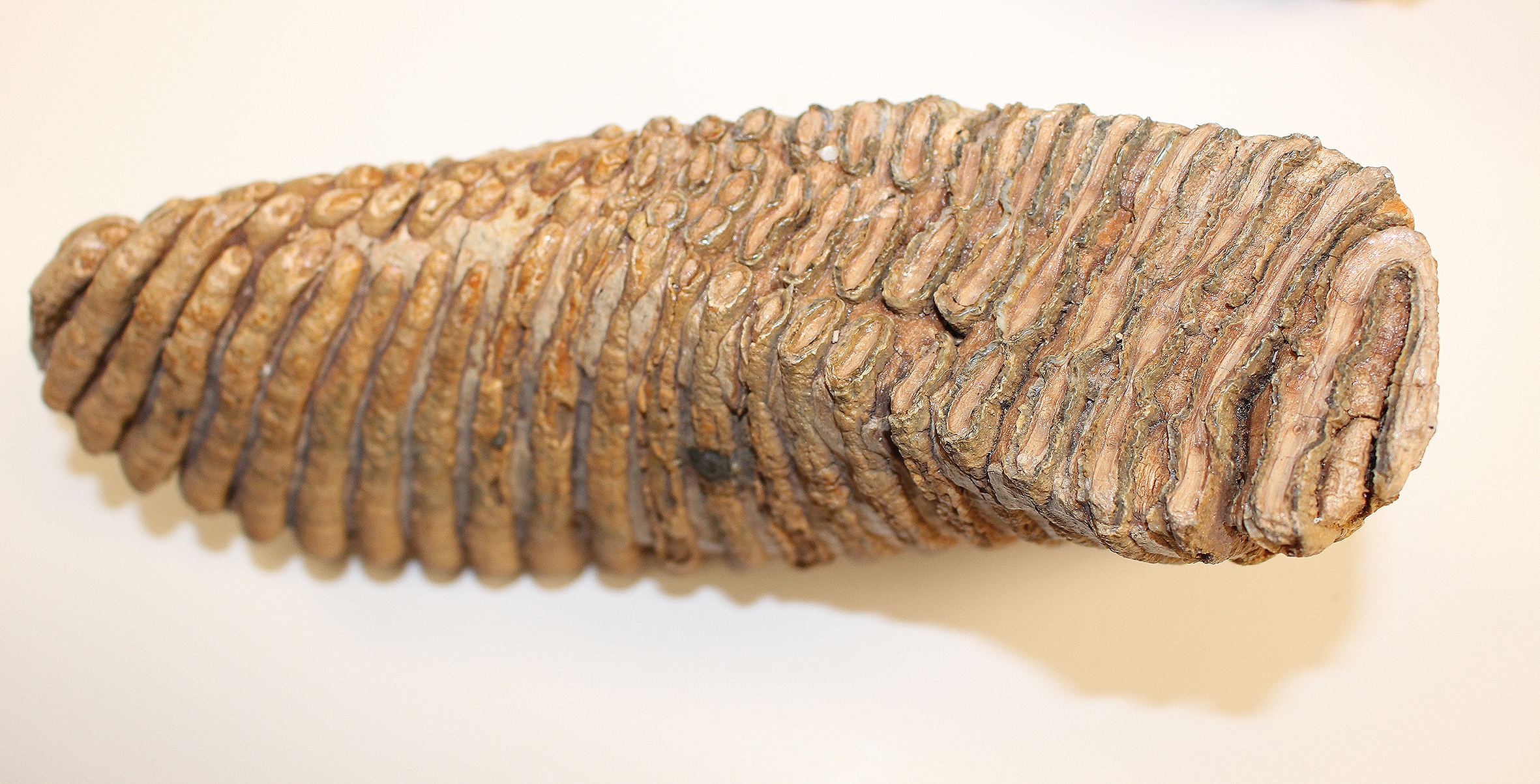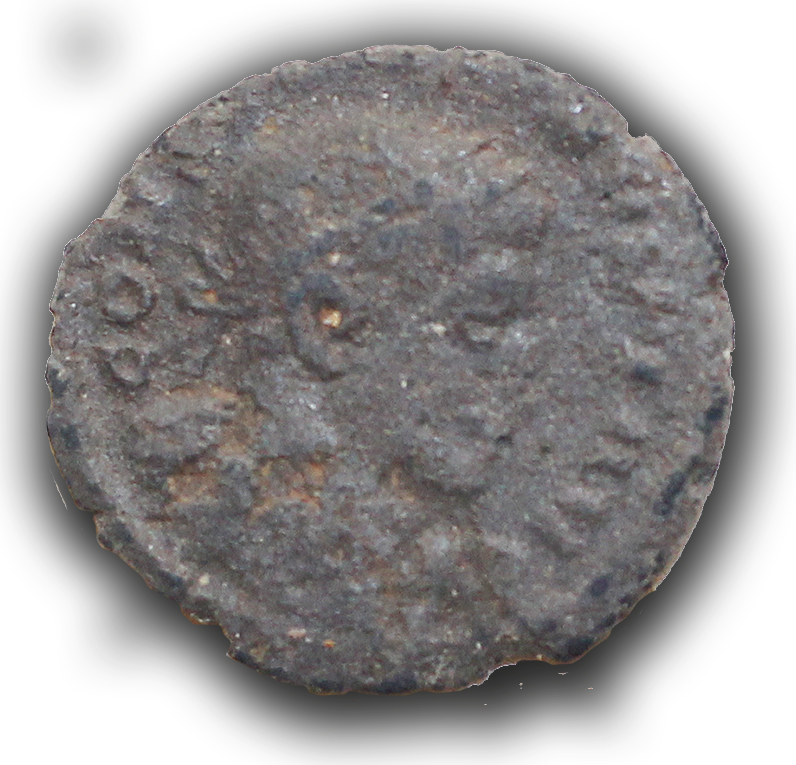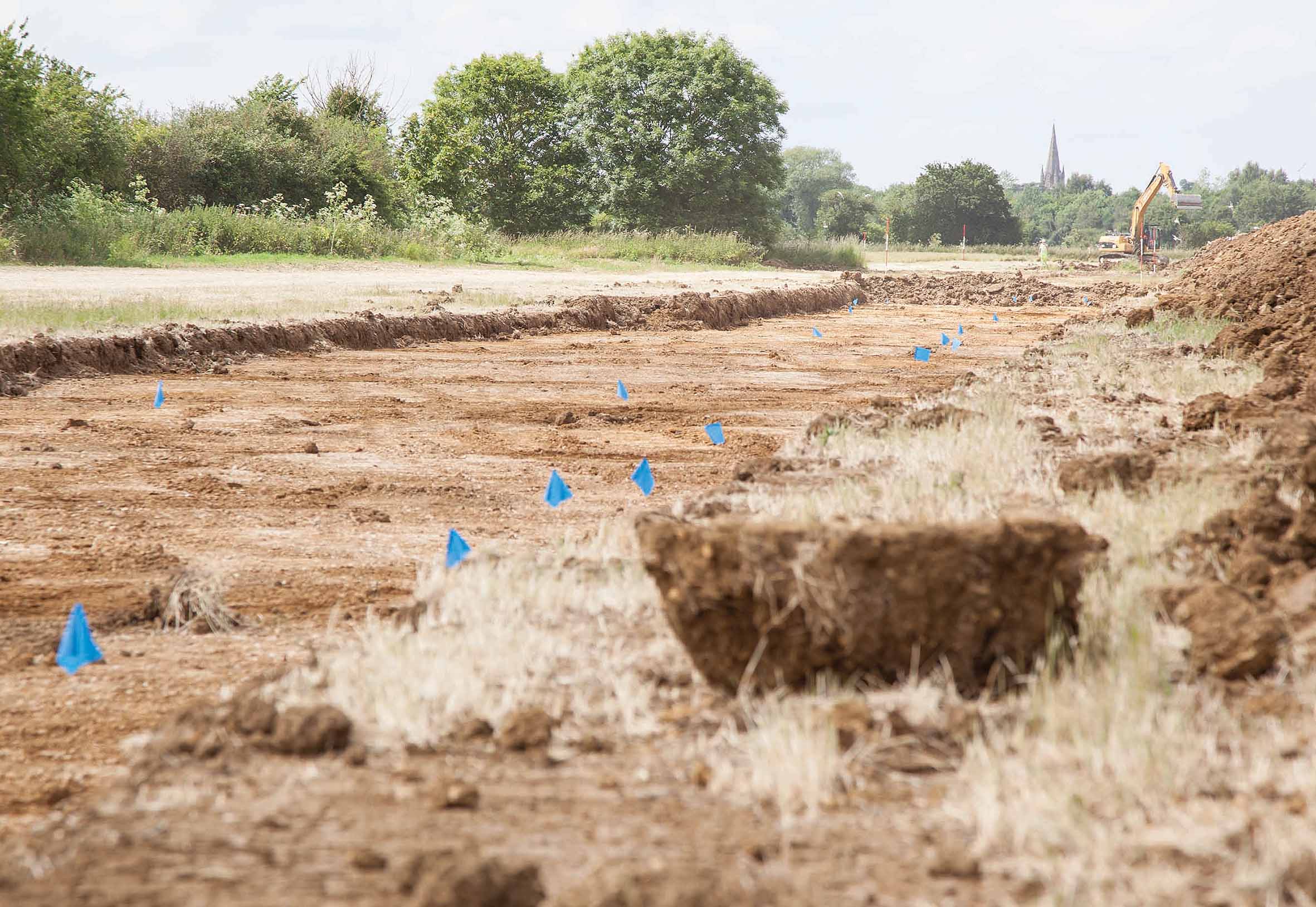Sustainability
Archaeology
Extraction of the aggregates that we all need for our homes, schools and hospitals means temporary disturbance of land that may still hold clues to our past. There are times when the potential value of such archaeology may dictate that it should be left in-situ. But there are also occasions when judicious quarrying, with archaeologists (funded by the quarrying company) closely involved at key stages, opens the door to greater understanding of days gone by. Working closely with local authorities and expert archaeologists, we have been responsible for some truly stunning finds.

Case study 1: Dinosaur footprints at Ardley
The longest set of fossilised dinosaur tracks in Britain has been uncovered at the bottom of our Ardley limestone quarry in Oxfordshire where they had laid undisturbed for 168 million years.
Running for up to 200 metres over the floor of the quarry, the footprints are among the last remnants of a lost world where dinosaurs roamed the muddy shores of an ancient ocean.
Such is the excitement over the find that Natural England has notified the first ever Site of Special Scientific Interest (SSSI) to be designated specifically for its nationally important geological features.
Alan Law, Natural England regional director for the South East, praised the support received from Smiths and other local partners. "Geological sites of this quality and importance are few and far between and we are delighted to give this important window on our past the protection it so clearly deserves," he said. This is an internationally valuable resource, for research and study and for the insight it gives us into Britain's past."
The position of the tracks has been mapped precisely by global positioning satellites, and is said by experts to be longest in Britain and possibly Europe. They rival some of the great "dinosaur freeways" of America, which are believed to have been used during mass movements of the extinct leviathans.


Case study 2: Roman settlement at Gill Mill
We have been working with Oxford Archaeology at our sand and gravel operation at Gill Mill, Ducklington. The focus of attention over the years has been a major Roman settlement lying along a road crossing the Windrush valley in the vicinity of Gill Mill House. From 2001 onwards an area of around 27 hectares has been examined as the quarry has extended and revealed more Roman activity. The most important recent discovery has been a paved road running down the valley. Numerous pits have been found, some clustered in the roadside areas, but others scattered more loosely across the entire site.
The recent work has underlined the importance of the roadside settlement of Gill Mill. Although occasional middle and late Iron Age features have been discovered, the settlement seems to have been a new foundation, probably in the early 2nd century and continuing in use to the end of the Roman period.
The reasons for its development here are still unclear, although it has always been thought that a religious aspect might have been important. Two recent finds may support this suggestion. The first is part of a fired clay Venus figurine. Such objects, imported from the continent, are not unusual in south-eastern Britain but are distinctly rare in the Upper Thames region. The second object is a dodecahedron - a well-known but uncommon object found throughout the north-west provinces of the Roman empire. Roughly 20 examples may be known from Britain, but remarkably there are now two from Gill Mill. Their function is uncertain, and there have been many theories, but a recent assessment relating them to 'the domain of cosmological models, astrology and mystical numerology' is plausible.


